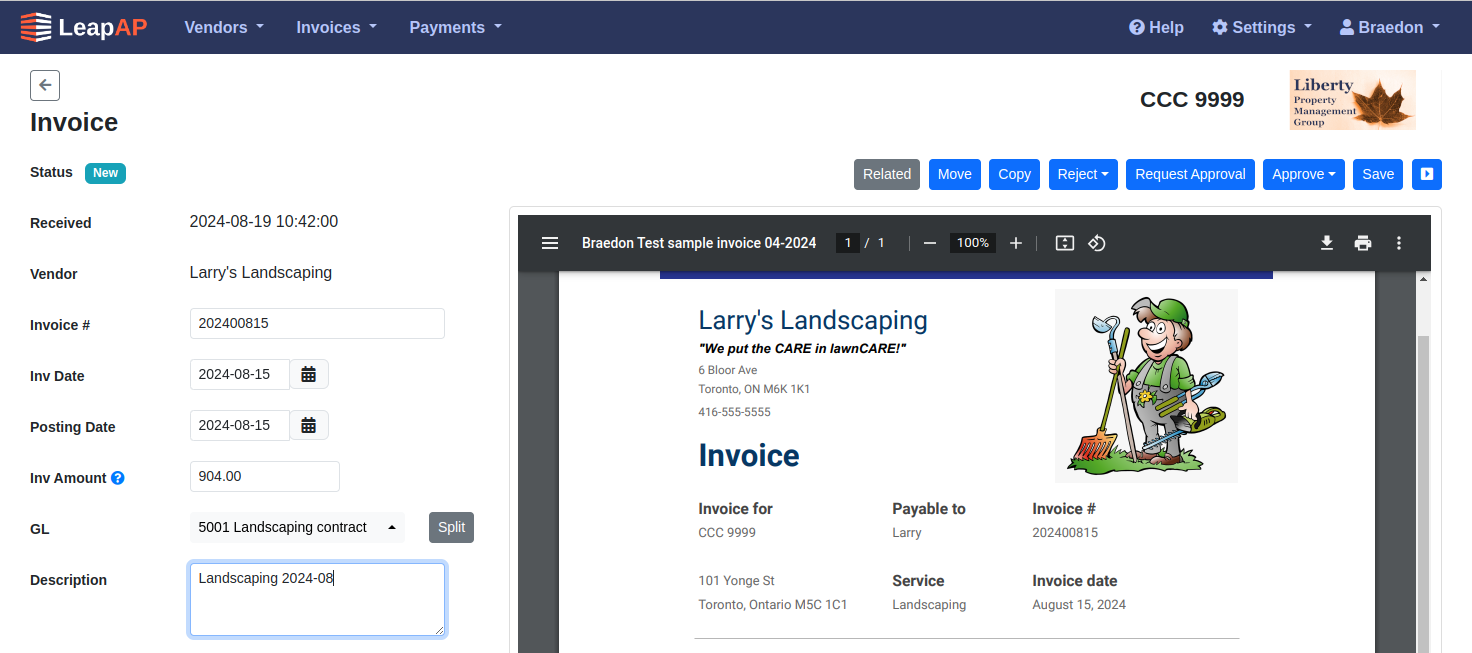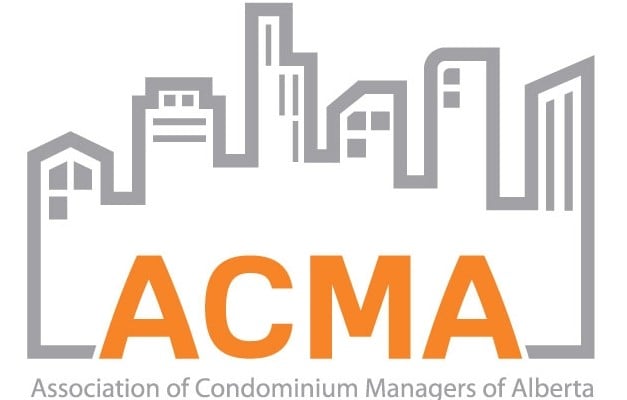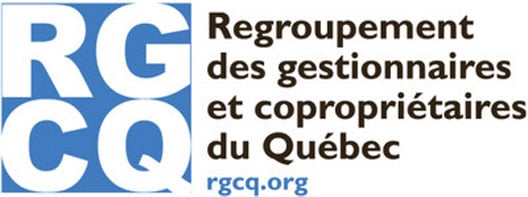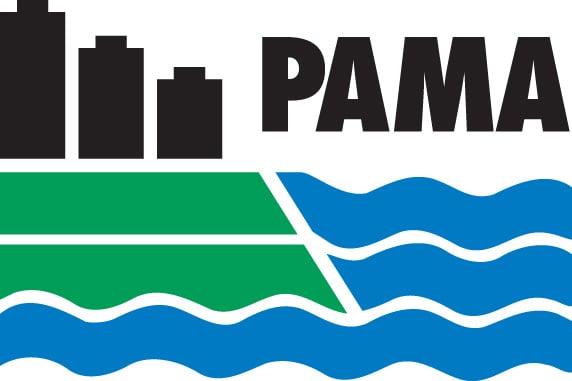As an owner of a condo, you're entitled to be a part of important decision making processes for the community. The process is exercised democratically typically during meetings. While most of the day-to-day decisions are made by the board, all owners can take part in electing board members to represent the community as a whole. However, often times owners cannot attend meetings for various reasons including the fact that they may be located far from the condo.
For the above reason and because each corporation requires a quorum in meetings, proxy procedures are typically set in place in order to facilitate the decision making process. In this post, we explore the fundamentals of proxies in condos.

What exactly is a proxy?
In simple terms, a condo proxy is a document that allows an owner to appoint someone to represent them at an owners' meeting. What this means is that if an owner cannot attend an owners' meeting, then the proxy can attend the meeting on the behalf of the owner.
Its purpose is two-fold:
- To vote: the entire purpose of proxies is essentially to be able to cast a vote despite not being present.
- Reach quorum: Condos can only conduct owners' meetings when a certain percentage of owners are present: "quorum." In most jurisdictions, the quorum is set typically in the range of 10 - 25% of all owners. What this means is that at least 10% to 25% of the owners must be present in order for the meeting to be deemed valid.
Giving owners the option to use a proxy vote can drastically help associations reach quorum, and as a result, decisions can be made without unnecessary delay and issues can be addressed in a timely manner.
Who can be a proxy?
This is not complicated. Essentially, anyone can be a proxy. The only condition is that it must be a person that can be present at the owners' meeting. There are no requirements that a proxy holder be an owner. The most typical proxy holders that we have seen are spouse, neighbour, tenant, friend or a family member.
How do proxies work?
Firstly, the person signing the proxy must be the owner that possesses the right to vote. The key word there is that it must be the owner - if there is a tenant in the unit, that person does not have the right to vote. The only way a tenant can vote is if they are appointed a proxy holder.
To appoint a proxy, a document needs to be signed. In most cases, the forms are pre-set with information that must be filled out. The document typically includes information about the owner and also the proxy holder. The document also must contain how or who the owner wants to vote for. Also of importance in the document is the date in which the proxy is to be used, or in other words, the date of the meeting.
In general, there are two types of proxies: directed proxy and non-directed proxy:
- Directed proxy: A directed proxy is one where the owner has selected the specific issues that they want the proxy holder to vote on.
- Non-directed proxy: the proxy holder in this case, is provided the authority to vote on whatever issue is on the meeting's agenda.
Now that the proxy is completed - what's next?
Once the proxy form is completed, it must given to the person being appointed proxy. Once the form is completed, it should be returned to a member of the board or to the property manager.
If you would like to further understand how to effectively use proxies in your corporation, please feel free to reach out to us. With the right processes and tools in place, proxies can play a huge role in conducting meetings in a seamless manner.













